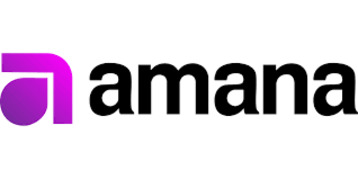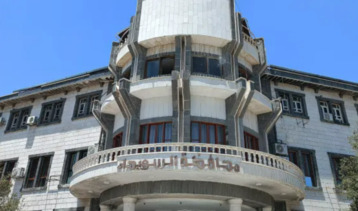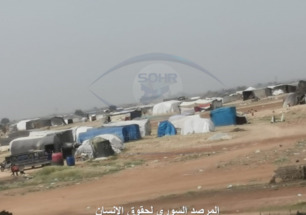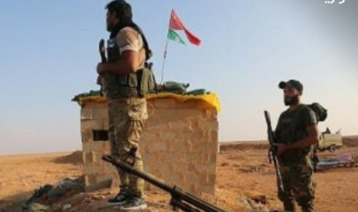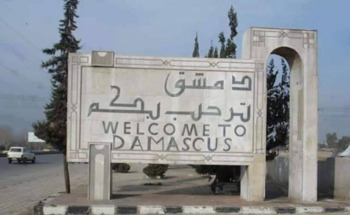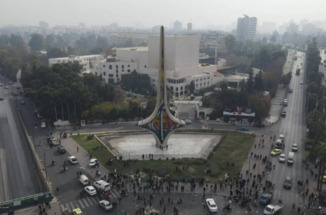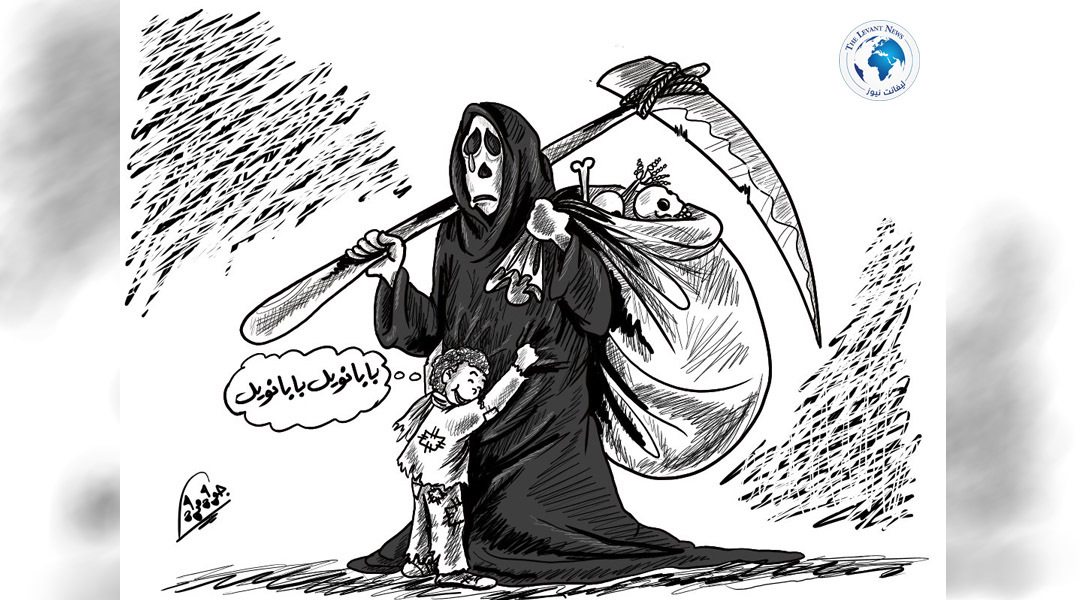-
Flag at the Heart of the Syrian Revolution: The Story of the Green Revolution Flag
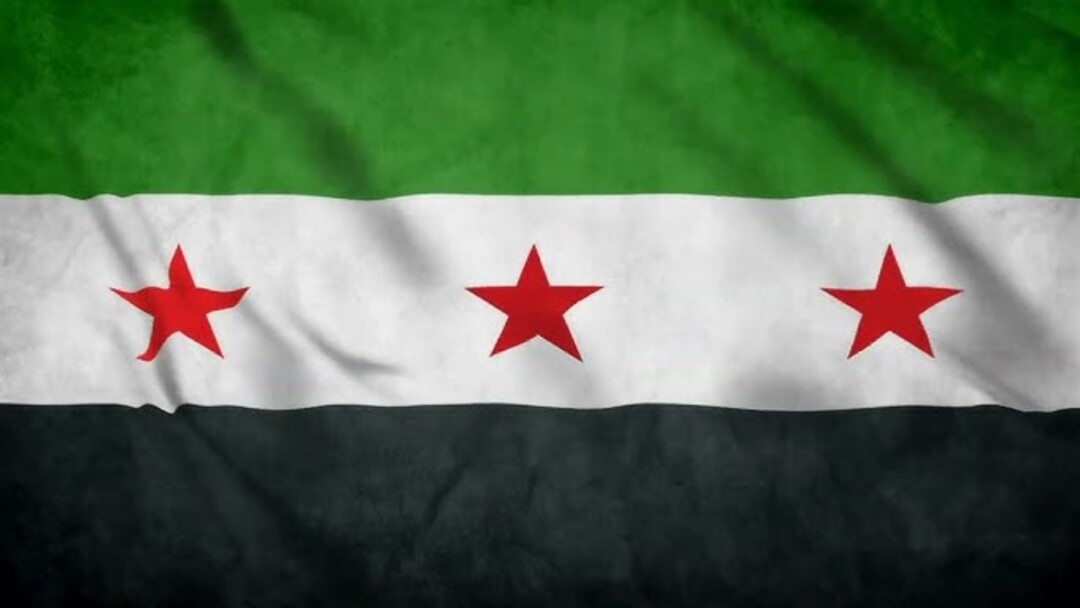
With the onset of protests in Syria in 2011, the Independence Flag, symbolizing the country's freedom from French occupation, emerged as a new emblem for the revolutionaries, replacing the flag of the current regime that has been adopted since 1980.
**A Historical Overview**
Historically, Syria was part of the Ottoman Empire since the Battle of Marj Dabiq in 1516 and remained so until 1918 when the Arab Revolt flag was raised. In 1920, France occupied Syria after the Battle of Maysalun and divided the country. However, in 1932, the Syrian Republic flag was raised for the first time, despite the country still being under French mandate—this is the flag from which today’s armed opposition draws inspiration.
The historical flag consists of three colors: green, representing the Rashidun Caliphate; white, symbolizing the Umayyad Caliphate; and black, representing the Abbasid Caliphate. The three red stars indicated three significant regions in Syria: Aleppo, Damascus, and Deir ez-Zor.
The meanings of the red stars changed in 1936 after the incorporation of the Liwa of Lattakia and the Druze Mountain into Syria, with the first star representing Aleppo, Damascus, and Deir ez-Zor, while the subsequent two stars symbolized the Druze Mountain and the Liwa of Lattakia.
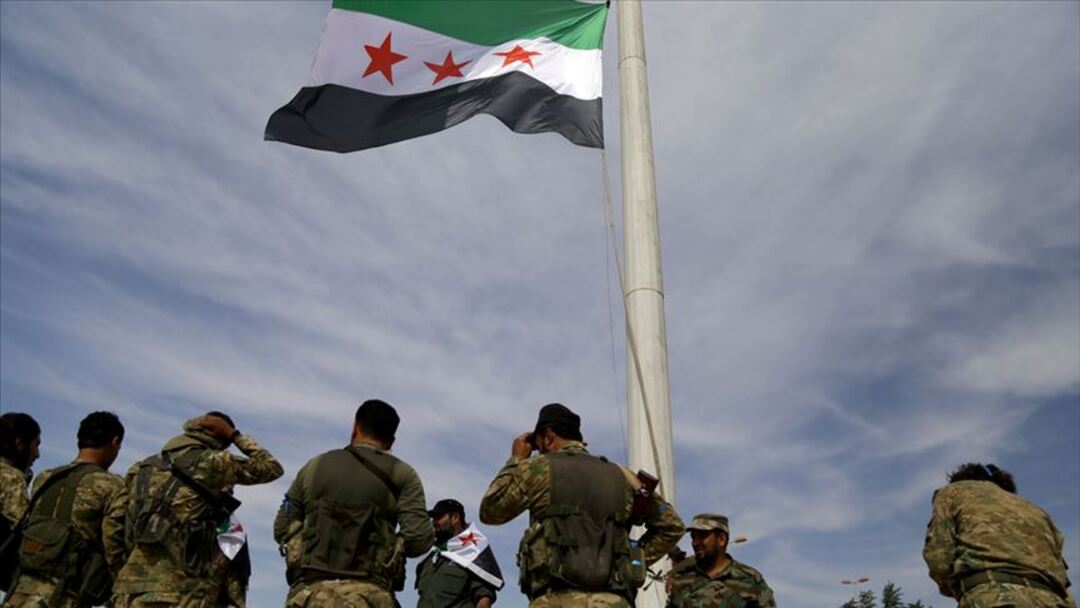
In 1946, Syria officially declared its independence and adopted this flag until the unification with Egypt in 1958, during which the colors were changed to red, white, and black, and the stars were changed from red to green.
After the collapse of the United Arab Republic in 1961, the old Syrian flag was reinstated as a step to remove the remnants of the failed unity. When the Ba'ath Party took over in 1963, the flag underwent several changes, culminating in the adoption of the well-known United Arab Republic flag made up of three horizontal stripes in red, white, and black, with two green stars.
With the beginning of the protests in 2011, the green flag re-emerged, reflecting hopes for independence and freedom, as it was used by demonstrators in various areas during the movement demanding the overthrow of the regime. It was also adopted by the Syrian opposition coalition and the "Free Syrian Army," and utilized by the Syrian Interim Government as well.
The "Syrian Revolution" flag is made up of three horizontal rectangles colored green, white, and black, with three red five-pointed stars in the white rectangle, reflecting deep significances, where the red stars represent the three regions of Syria.
In contrast, the flag raised by the regime consists of the same colors but includes two green stars in the white rectangle, reflecting a different vision of national identity amid the current divisions.
You May Also Like
Popular Posts
Caricature
opinion
Report
ads
Newsletter
Subscribe to our mailing list to get the new updates!



